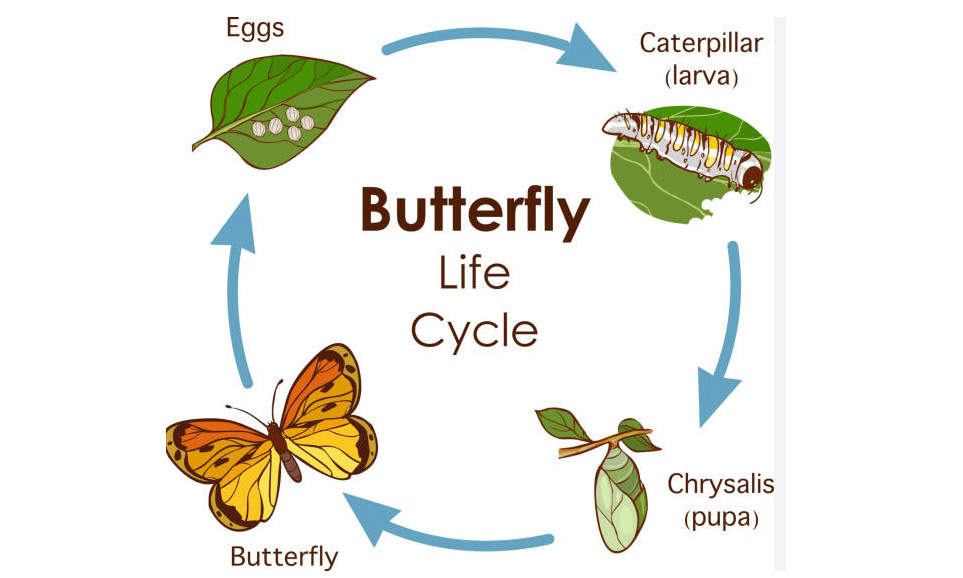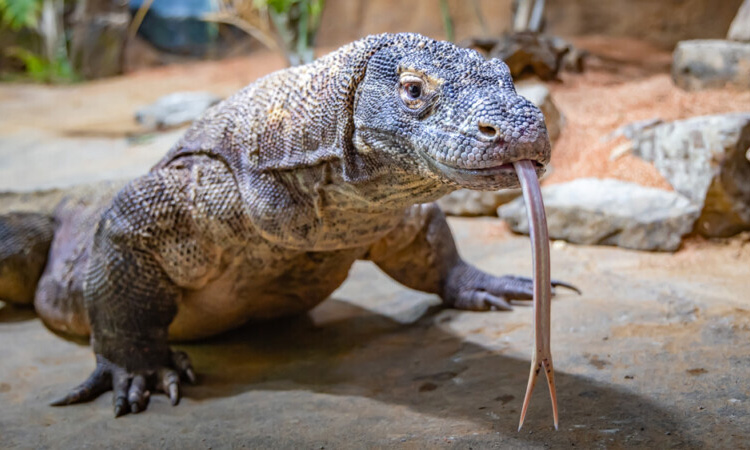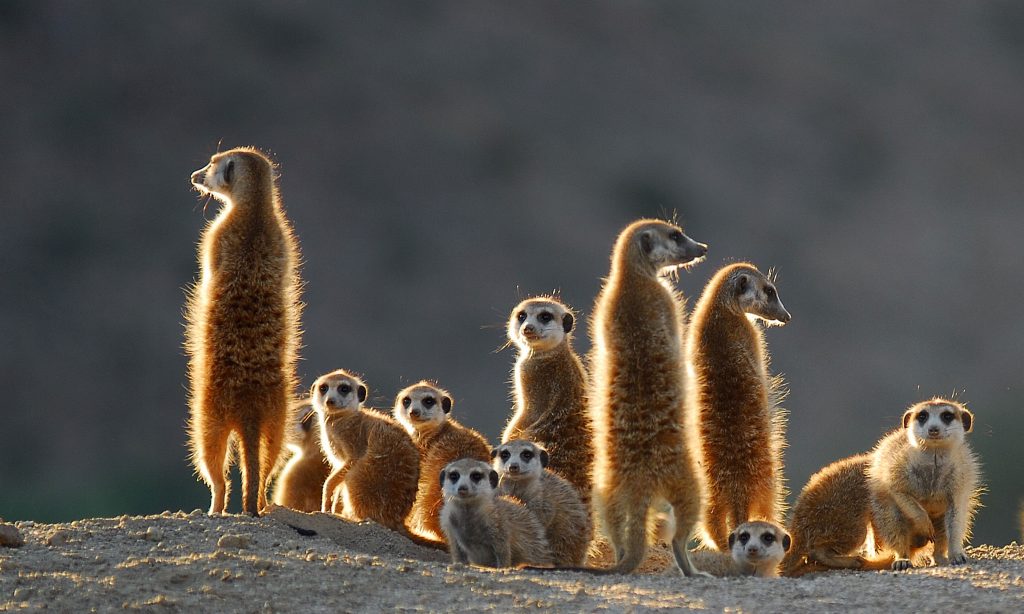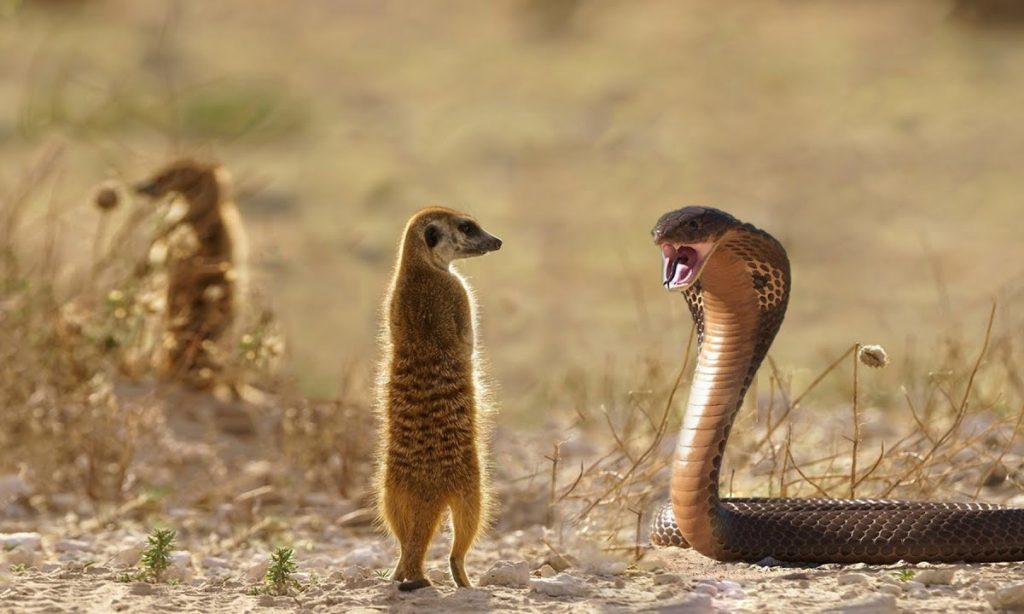Embarking on Transformation: From Egg to Caterpillar
The metamorphosis of butterfly begins with the laying of eggs on a host plant by the adult female. These tiny, often inconspicuous eggs hold the potential for a remarkable transformation. As the eggs hatch, delicate caterpillars emerge, voraciously feeding on the host plant to fuel their rapid growth.
Caterpillar’s Journey: Building Strength for the Future
During the caterpillar stage, the butterfly-to-be undergoes a series of molts, shedding its outer skin to accommodate its expanding body. The voracious appetite of the caterpillar is essential for accumulating the energy required for the subsequent stages of metamorphosis. This phase is crucial as it lays the foundation for the spectacular changes to come.
The Pupa Stage: A Protective Cocoon Unfurls
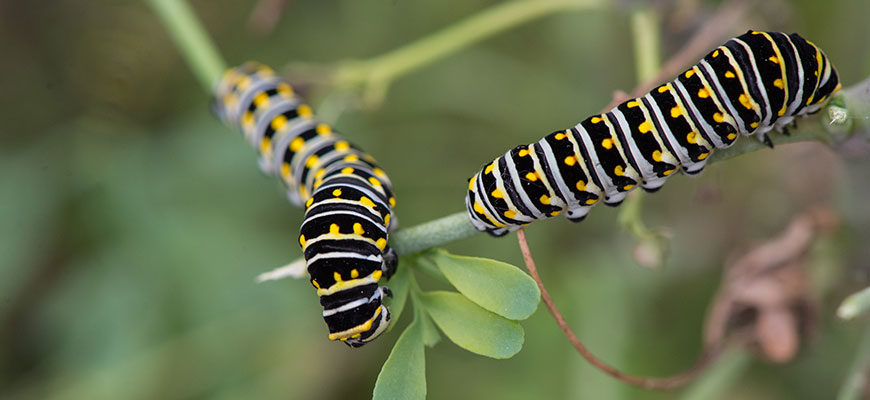
One of the most awe-inspiring aspects of a butterfly’s metamorphosis is the pupa stage. The caterpillar, having reached its full size, undergoes a process known as pupation. Encased in a protective chrysalis, the caterpillar’s body undergoes a remarkable transformation. Inside this seemingly lifeless shell, the caterpillar’s tissues break down and reorganize, giving rise to the adult butterfly.
Butterfly Emergence: Unveiling a New Existence
As the transformation nears completion, the chrysalis becomes transparent, offering a glimpse of the delicate wings folded within. The butterfly emerges, its wings crumpled and damp. Instinctively, it pumps bodily fluids into its wings, unfurling them and preparing for flight. The once ground-bound caterpillar now takes to the skies, showcasing the beauty of its metamorphic journey.
Self-Defense Strategies: Navigating a Vulnerable Existence

Cryptic Coloration: Blending into the Surroundings
In the adult stage, butterflies employ various strategies to protect themselves from predators. Cryptic coloration, or camouflage, is a common defense mechanism. The intricate patterns and colors on a butterfly’s wings often mimic its surroundings, making it challenging for predators to detect.
Mimicry: Deceptive Designs to Confound Predators
Many butterflies have evolved to mimic harmful or distasteful species, a phenomenon known as Batesian mimicry. By adopting the appearance of unpalatable insects, butterflies deter potential predators who associate similar colors and patterns with an unpleasant taste or toxicity.
Chemical Defense: Toxic Tales and Warning Signs
Some butterflies are equipped with chemical defenses obtained from their larval host plants. Monarch butterflies, for instance, sequester toxins from milkweed plants, making them unpalatable to predators. The bright colors of certain butterflies serve as warning signs, indicating their toxicity and deterring would-be attackers.
Territorial Behavior: Asserting Dominance in the Air
In addition to physical adaptations, butterflies exhibit territorial behavior. Male butterflies often establish territories to attract mates, engaging in aerial displays and actively defending their space. This territoriality serves not only as a mating strategy but also as a means of deterring potential threats.
Conservation Imperative: Safeguarding Butterfly Habitats
To ensure the continued existence of these delicate yet resilient creatures, conservation efforts are imperative. Preserving diverse habitats, especially those rich in native plants that serve as host and nectar sources, is crucial. Educating communities about the importance of butterflies in maintaining ecosystem balance fosters a sense of responsibility toward their conservation.
In conclusion, the metamorphosis of butterfly is a testament to nature’s incredible adaptability and resilience. From the humble egg to the awe-inspiring adult, each stage of a butterfly’s life serves a purpose in the intricate web of life, showcasing the beauty of transformation and the importance of preserving their habitats.
